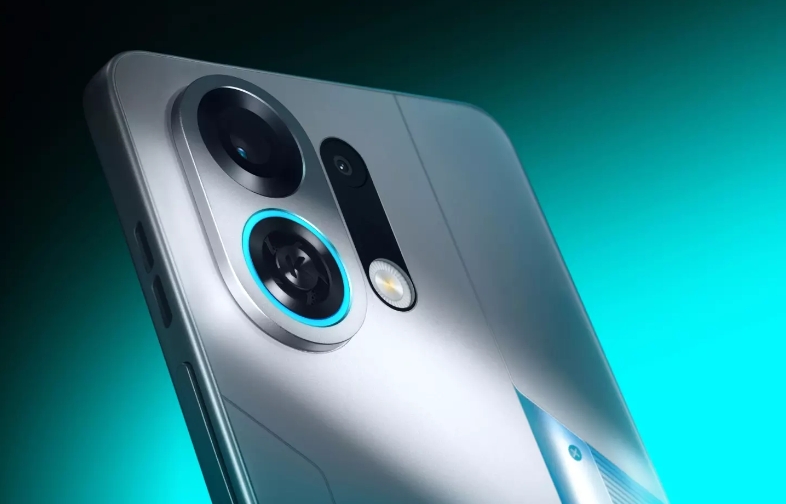
The OPPO K13 Turbo Pro has officially made its debut, standing out with its outstanding performance and innovative design, becoming a favorite among many consumers.
In terms of performance, it is equipped with the fourth-generation Snapdragon 8s processor, paired with OPPO’s proprietary Tidal Engine. Whether playing large games or multitasking, it can easily handle tasks without any lag or stuttering. It is worth mentioning that its built-in Storm Cooling Engine is unparalleled, enhancing heat dissipation by 20% through the collaboration of a micro centrifugal fan and a 7-layer graphene cooling structure. Under high load gaming scenarios, after continuous play for 30 minutes, the device’s temperature is 3°C lower than that of competitors in the same price range, eliminating the annoyance of overheating leading to reduced frame rates and frequency drops, allowing you to fully enjoy the joy of gaming.

The screen display is equally impressive, featuring a 6.8-inch 1.5K AMOLED direct screen with a refresh rate of 120Hz and a touch sampling rate of 240Hz, resulting in smooth and silky visuals with rapid response times. The overall brightness reaches 1600 nits, ensuring clear content display even under strong outdoor light.
Regarding battery life, the device boasts a massive 7000mAh battery paired with an 80W super flash charge, helping you overcome anxiety about running out of power. It can be charged up to 68% in just 30 minutes, quickly replenishing your energy and keeping you online at all times. Moreover, it also features the Smart Charging Engine 5.0 system, which effectively extends battery life.
In terms of design, the racing car style is complemented by three trendy color options: black, silver, and purple, making it fashionable and unique. The Pro version’s exclusive Storm Turbine Breathing Light supports customizing eight colors, adding a full sense of technology. The ColorOS 15 system has been optimized for gaming scenarios, introducing new features such as “Game Camera” live screen captures and one-click recording, as well as quick switching between floating windows for primary and secondary applications, enhancing the user experience. The OPPO K13 Turbo Pro redefines the standard for mid-range performance devices with its premium configuration.

What are ESD components, and what is their importance in mobile phones? The significance of built-in ESD components.
ESD components are specialized electronic components designed to protect electronic devices from the effects of electrostatic discharge (ESD). Electrostatic discharge is a sudden release of electrical charge that can potentially damage electronic devices, leading to device malfunctions or a shortened lifespan. ESD components are designed to absorb, conduct, or dissipate electrostatic discharges to prevent damage caused by static electricity.
In mobile phones, the primary role of ESD components is to protect the internal electronic components from the harm caused by electrostatic discharge. Various circuits and components inside the phone are highly sensitive to ESD, which is why multiple ESD components are typically used in the phone’s design to provide protection. These components may include diodes, ESD diode, MOSFET and more.
Specifically, ESD components in a mobile phone may serve the following purposes:
Interface Protection: Various interfaces of the phone, such as the charging port and headphone jack, may require ESD components to prevent damage from electrostatic discharge.
RF Circuit Protection: RF circuits in mobile phones are highly sensitive to ESD and require ESD components to safeguard these critical circuits.
Processor and Memory Protection: Processors, memory, and other crucial components in the phone also require ESD protection to ensure the device’s normal operation.
Touchscreen and Display Protection: The touchscreen and display are integral parts of a mobile phone that also require ESD components to prevent static electricity damage.
In summary, ESD components play a crucial role in protecting the internal electronic components of a mobile phone from damage caused by electrostatic discharge, ensuring the phone’s proper operation and longevity.